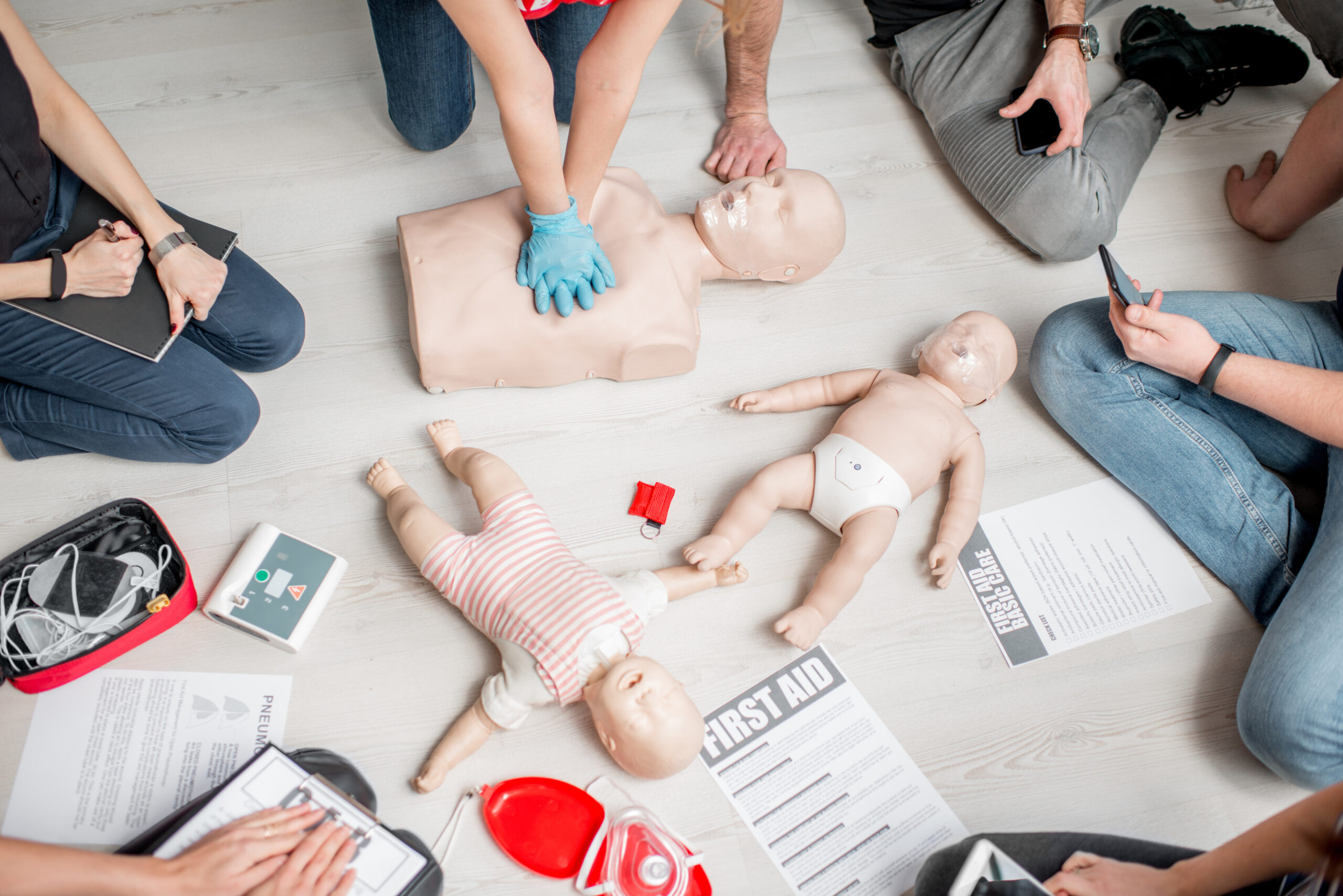
As a July baby growing up, I was fortunate to have pool parties — especially because we grew up with a pool. The summer after sixth grade, I invited some girlfriends to come over and celebrate the ultimate tweenager rite of passage — turning 12 and transitioning to middle school. It was a pool-party-slash-barbecue, and I was shocked when my mom hired a professional lifeguard — a college student trained in CPR — to supervise us.
“I’m too old for a babysitter,” I whined.
My mom agreed, but stressed that because she couldn’t swim, and pool owners need to be extra vigilant in case of drowning, she hired a lifeguard for my party. I didn’t really get it then, but definitely do now — swimming is the only sport that saves lives (no offense, baseball), and knowing how to swim along with basic CPR can be very beneficial in case of an emergency.
I took a CPR class in New York City five years ago, but my certificate has since expired. I plan to renew it very soon by taking a weekend course at the local community college.
Better safe than sorry
This summer, I couldn’t stop thinking about the special needs 4-year-old in Lawrence, Kansas, who was saved by a fast-thinking adult neighbor when he fell into a pool and couldn’t come up for air. Thankfully, the child survived because the man performed CPR, but it could have ended in tragedy.
I have a special needs kid, so this story felt very personal. Bottom line? You can never be too careful at the pool, lake, or beach. Special needs kids oftentimes struggle with verbal and physical communication, so if they’re in an emergency situation, any means of communication may be harder for them to convey they need help STAT, which frightens me greatly.
California-based pediatric ER doctor Dr. Sharis Simonian of Sollis Health says learning basic infant CPR could save your baby’s life if their heart stops beating or if they aren’t breathing adequately. She further explains that CPR for infants is different in technique than for adults. So, when taking a class, know the difference between infant/child CPR vs. adult.
Pool owners, be aware
Also, if you’re a pool owner, Dr. Simonian says to put safety barriers in place. “Pool protection barriers include pool safety fences, pool gates, power safety covers, and pool alarms. Make sure the barriers follow guidelines from the US Consumer Product Safety Commission,” she says. If there’s anything you can do in advance to prevent a child who can’t swim from falling into the pool, do it! Also, teach your older child how to run for help (by finding the closest teenager or adult) or call 911 if they see anyone drowning.
CPR class is for everyone
When I enrolled in my first CPR class at a fire station with five other people, an older man standing nearby waiting for the deli next door to open asked why we were standing outside the firehouse.
On a whim, he decided that minute to take the CPR class too, because “why not?” He registered on the spot and told us he’s glad he stayed, in case he’s ever around anyone choking or drowning. I never forgot about this man, and hope there are more potential lifesavers like him out there. You don’t need to be a parent or aspiring lifeguard to learn CPR.
Pool safety is a family affair, says Dr. Simonian. I’m going to continue being water vigilant by making sure my kids continue their swimming lessons and eventually CPR classes — especially my special needs child. You can take CPR classes at the local library, fire department, community college, or high school. The Red Cross’s website lists places near you that offer them, or you can ask in Facebook community groups. No matter where you take the classes, the point is to take them before you need them. You won’t regret it.




